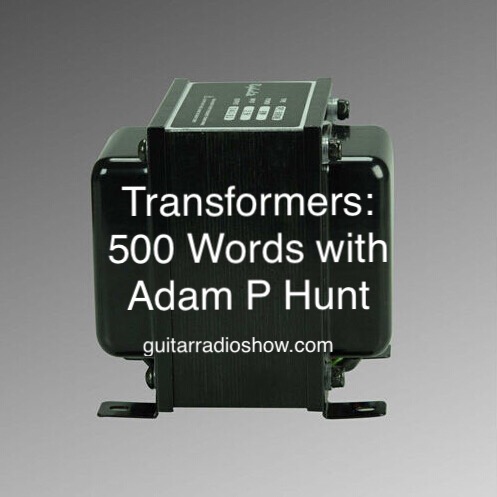-
17Mar2016
- share:
Transformers, a History- 500 Words with Adam P Hunt

500 Words History of the Transformer
If the names Otto Blathy, Miksa Deri, Karoly Zipernowsky, Lucien Gaulard, Sebastian Ferranti or William Stanley don’t sound familiar, don’t feel bad there isn’t a quiz later.
But without the efforts of Blathy, Miksa, Zipernowsky,Gaulard Ferranti and Stanley we may not have the transformer as we know it.
Even though the properties of a transformer were discovered in the 1830s they weren’t produced in any number until 1886 when William Stanley developed a reliable transformer for George Westinghouse.
What is a transformer any way? Good question. Simply put “a transformer is a device that transfers electrical energy from one circuit to another through inductively coupled conductors – the transformer’s coils.” (Thank Edison Tech Center for that simple definition).
Transformers are used to bring up or down an AC electrical circuit and it can also be used to convert AC power into DC power.
What does that mean for musicians?
According to transformer mastermind Sergio Hamernik:
“Transformers are the key to providing that unique signature tone. It’s the transformers that differentiate one amp brand or sound from another. Here’s another way to look at it – all amp builders have to deal with the same limited choices from a small pool of vacuum tube manufacturers and other off-the-shelf component requirements (resistors, capacitors, etc.). This is NOT so with the transformers. Although there are plenty of generic transformer designs available that service the “power requirements” of an amp, you wouldn’t want to use these awful-sounding devices in your guitar amps. Likewise it’s not a coincidence that most of the best-sounding amp builders, modifiers, and repair techs begin their craft and finish it with enviable distinction, relying on their choice of transformers.”
(Text from 300guitars.com)
Structurally, transformer isn’t that different than a guitar pickup. Transformers are essentially flat bar steel, wound with “magnetic” wire, some sort of frame to hold the entire mechanism together and ideally some sort of housing.
Functionally, however, they are quite different:
“In a transformer, two coils are arranged concentrically so that the magnetic field generated by the current in one coil induces a voltage in the other. This physical principle can only be applied in AC systems, as only a time-varying magnetic field is able to induce a voltage. By using a different number of winding turns in the two coils, a higher or lower voltage can be obtained.
The ability to transform from one voltage level to another one was the main reason for the breakthrough of AC three-phase transmission and distribution systems. These AC systems operate at a frequency high enough that human short perception does not see the time variation (“flickering”) and low enough that switching equipment can be operated safely. The best compromise was the well-known 50 or 60Hz of the today’s mains supplies.”
(Text ABB.com producer of large scale electrical systems)

